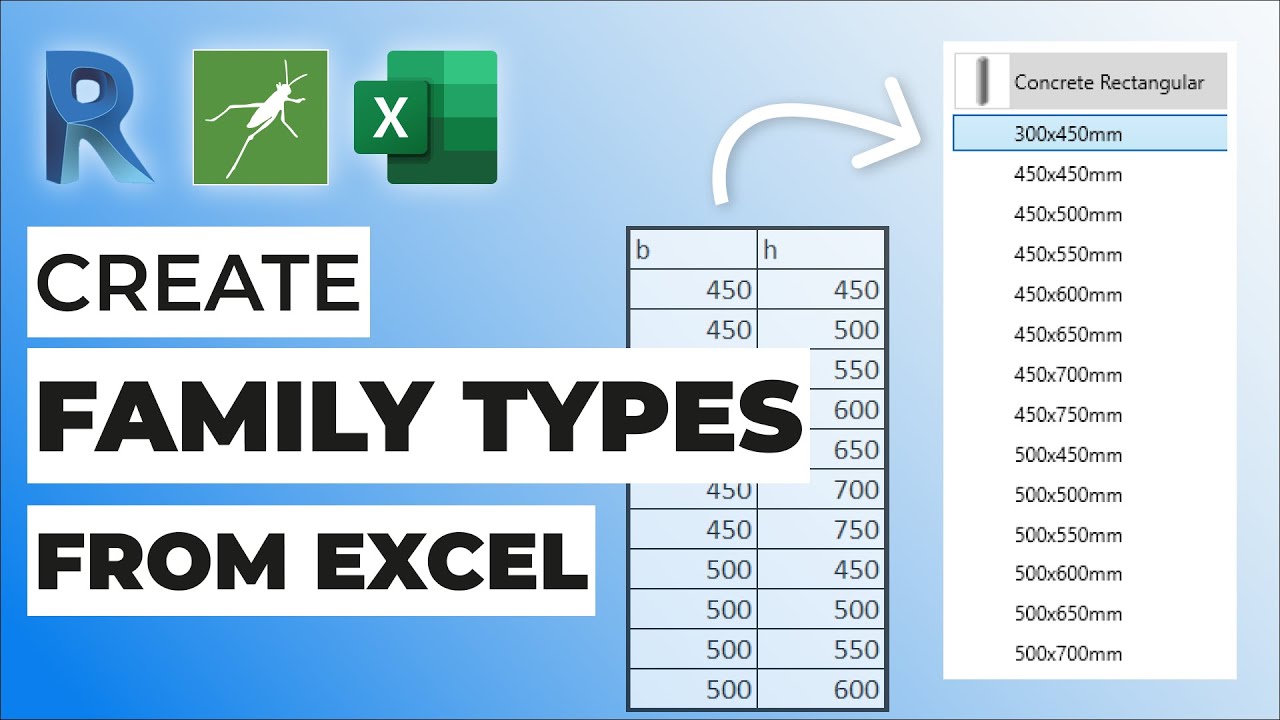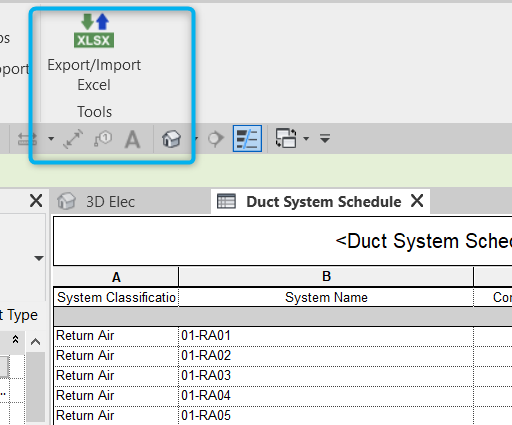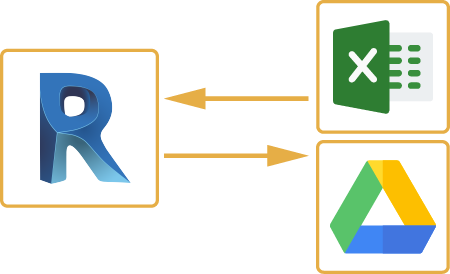Revit Tool to Encourage Your Building Info Modeling
Wiki Article
Mastering the Art of Information Assimilation: Exactly How to Seamlessly Import Excel Data Into Revit
In this article, we will certainly assist you via the procedure of grasping the art of data assimilation. Get all set to prepare your Excel data easily and follow our step-by-step guide to import documents right into Revit. With our finest methods, you'll accomplish information assimilation success in no time.Comprehending the Value of Data Integration in Revit
Understanding the importance of information integration in Revit is vital for smooth importing of Excel files. It permits you to successfully update and handle details throughout the whole job when you incorporate information from Excel into Revit. This assimilation makes certain that your design and building process is current and precise.By incorporating information, you can conveniently import and update parameters, routines, and even geometry in Revit. This gets rid of the demand for manual data access, saving you time and minimizing the threat of errors. With Revit's information combination capabilities, you can keep uniformity and precision in your job, while additionally boosting collaboration amongst staff member.

Discovering the Excel Data Style for Revit Combination

In order to efficiently incorporate Excel documents right into Revit, it is critical to make sure that the information is formatted appropriately. This consists of properly labeling rows and columns, along with structuring the data in a method that is suitable with Revit's information schema. Revit uses certain criteria and groups to arrange information, so it is very important to straighten the Excel data with these criteria to make certain a smooth combination.
In addition, it is essential to keep in mind that Revit just supports specific information types when importing from Excel. These include message, numbers, and days. Any kind of various other information kinds, such as solutions or conditional formatting, will certainly not be acknowledged by Revit and might trigger problems during the integration procedure.
Preparing Your Excel Data for Seamless Import Into Revit
To make certain a smooth integration process, you'll require to appropriately layout and label the columns and rows in your Excel information before importing it into Revit. Start by analyzing your Excel information and determining which columns and rows have relevant information for your Revit project.Next, ensure that the data in each column is properly formatted. If you have a column for measurements, make certain that all measurements are regularly formatted in the same systems of measurement. Revit relies upon constant formatting to precisely interpret import excel into revit and import data.
Additionally, it is important to check for any vacant cells or incongruities in your data. Revit might not be able to review or import information from cells that are empty or include errors. It is suggested to evaluate your Excel data and cleanse up any kind of variances prior to importing it into Revit.
Step-By-Step Overview to Importing Excel Record Into Revit
Once you've correctly formatted and classified your Excel information, you can quickly import it into Revit by following this detailed guide. To begin, open Revit and browse to the "Insert" tab. Click on "Import CAD" and select "Import Excel" from the dropdown menu. A brand-new home window will certainly show up, asking you to find the Excel data you intend to import. Search your computer system and choose the Excel file, then click "Open."Following, a dialog box will certainly show up, allowing you to tailor the import settings. Below, you can pick the worksheet you intend to import, define the variety of cells to import, and pick the proper units for your data. As soon as you have actually made your options, click "OK" to proceed.
Revit will currently display a preview of your Excel data. Take a moment to evaluate the sneak peek and ensure that everything looks proper. If required, you can make modifications to the import settings by clicking on the "Settings" button.
Ideal Practices for Information Assimilation Success in Revit
See to it you comply with these finest methods to make sure effective integration of data in Revit. First and foremost, it is critical to organize your information in Excel before importing it into Revit. This implies ensuring constant naming conventions, correct format, and exact information depiction. Next, make usage of Revit's integrated devices for data mapping. This will allow you to match the columns in your Excel file with the equivalent criteria in Revit. Be mindful of the information and units kinds when mapping the data, as any type of disparities can result in mistakes in the integration procedure.One more crucial practice is to routinely confirm and upgrade your data. As your project advances, it is essential to keep your Excel documents as much as date with any modifications made in Revit. This will help preserve the precision and consistency of your data across both platforms. Furthermore, make use of data recognition tools within Revit to recognize any type of mistakes or disparities in the integrated information.
Finally, it is advised to develop a clear workflow for data combination. This includes defining roles and obligations, setting up an interaction channel in between group members, and establishing a routine tempo for information updates and testimonials. By adhering to these best practices, you can ensure a successful and seamless integration of information in Revit, ultimately improving the performance and precision of your task.
Conclusion
In conclusion, mastering the art of information assimilation is essential for smooth import of Excel files right into Revit. Comprehending the value of data assimilation in Revit is the first action towards effective combination.When importing data from Excel right into Revit, it is crucial to comprehend the data style and exactly how it can affect the assimilation procedure (revit add ins). Revit makes use of certain criteria and categories to arrange information, so it is important to line up the Excel information with these criteria to ensure a seamless combination
Be mindful of the data and units kinds when mapping the information, as any inconsistencies can lead to mistakes in the combination process.
Furthermore, make usage of data recognition tools within Revit to determine any kind of mistakes or variances in the integrated data.

Report this wiki page